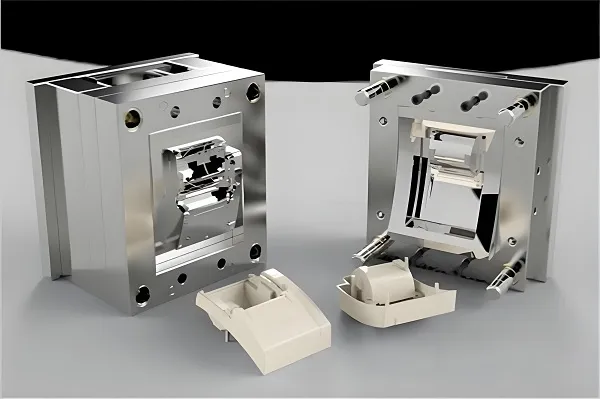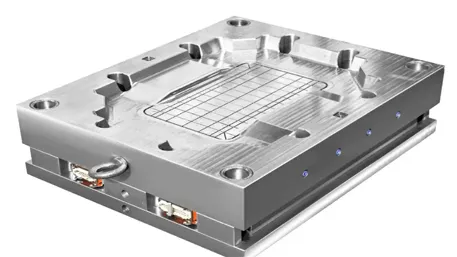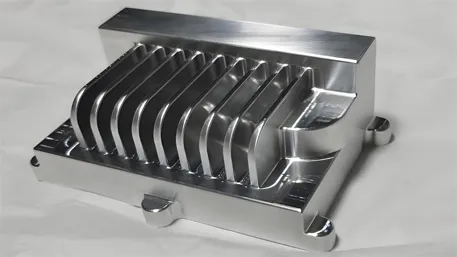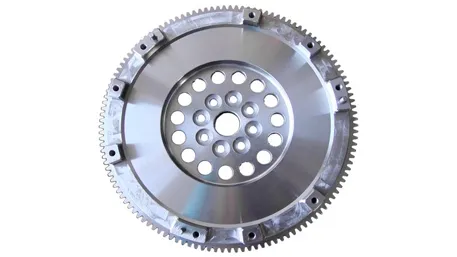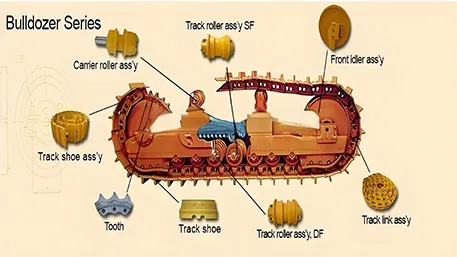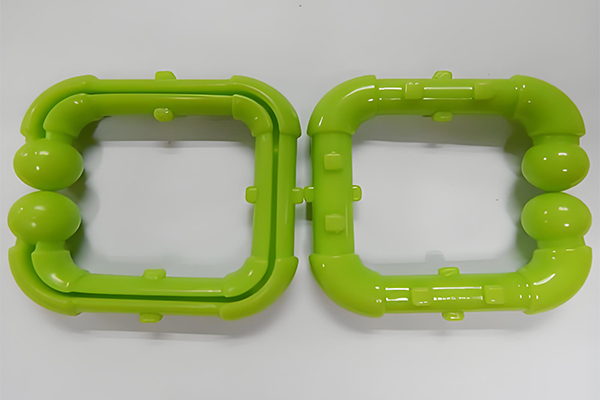In the world of CNC machining customizations, stainless steel milling parts have emerged as a reliable and essential choice for a wide range of applications. Let’s take a look at a real-life case that showcases the power of this technology.

Imagine a bustling industrial kitchen in a large hotel. The chefs rely on high-quality equipment to prepare delicious meals for their guests. One of the key components of their commercial cooking appliances is a stainless steel milling part. This part, precisely machined using advanced CNC technology, plays a crucial role in ensuring the smooth operation of the equipment.
The stainless steel used for these milling parts offers several advantages. It is highly resistant to corrosion, which is essential in a kitchen environment where moisture and various chemicals are present. This durability ensures that the part will last for a long time, reducing the need for frequent replacements and saving the hotel money in the long run.
The CNC machining process for these stainless steel parts is a marvel of modern technology. Skilled technicians program the machines to follow precise paths, removing material with utmost accuracy. The milling process typically involves high-speed cutting tools that can handle the hardness of stainless steel. For instance, end mills with carbide tips are often used as they offer excellent wear resistance and can maintain a sharp cutting edge even under heavy use.
The machining parameters are carefully selected to achieve the best results. The spindle speed might range from several thousand to tens of thousands of revolutions per minute, depending on the size and complexity of the part. Feed rates can vary from a few inches per minute to several feet per minute, again depending on factors such as material thickness and cutting tool diameter.
In terms of precision, the tolerance for stainless steel milling parts can be as low as a few thousandths of an inch. For example, in the milling of a specific stainless steel gear for a food processing machine, the diameter tolerance might be within ±0.005 inches. This level of precision ensures that the gear meshes smoothly with other components and operates efficiently.
In another case, a manufacturing plant that produces industrial valves relies on stainless steel milling parts for its products. The valves must be able to withstand high pressures and harsh environments, and the stainless steel parts provide the strength and durability needed. The CNC machining process allows for the creation of complex shapes and features that are essential for the proper functioning of the valves.
The technicians at the machining facility use advanced software to design and simulate the milling process before actually cutting the metal. This helps to identify any potential issues and optimize the process for maximum efficiency and quality. During the simulation, factors such as tool path, cutting forces, and chip removal are analyzed to ensure that the final product meets the required specifications.
For aerospace applications, the precision and quality requirements are even more stringent. Stainless steel milling parts used in aircraft must meet extremely high standards to ensure safety and performance. Tolerances can be as low as a few ten-thousandths of an inch, and the surface finish must be extremely smooth to minimize aerodynamic drag. The machining process might involve multiple passes with different cutting tools to achieve the desired shape and finish.
In conclusion, stainless steel milling parts, crafted through advanced CNC machining customizations, are a testament to the power of technology in meeting the diverse needs of various industries. From industrial kitchens to manufacturing plants and aerospace, these parts play a crucial role in ensuring the smooth operation and longevity of equipment. With their precision, durability, and resistance to corrosion, stainless steel milling parts are truly a game-changer in the world of CNC machining.

